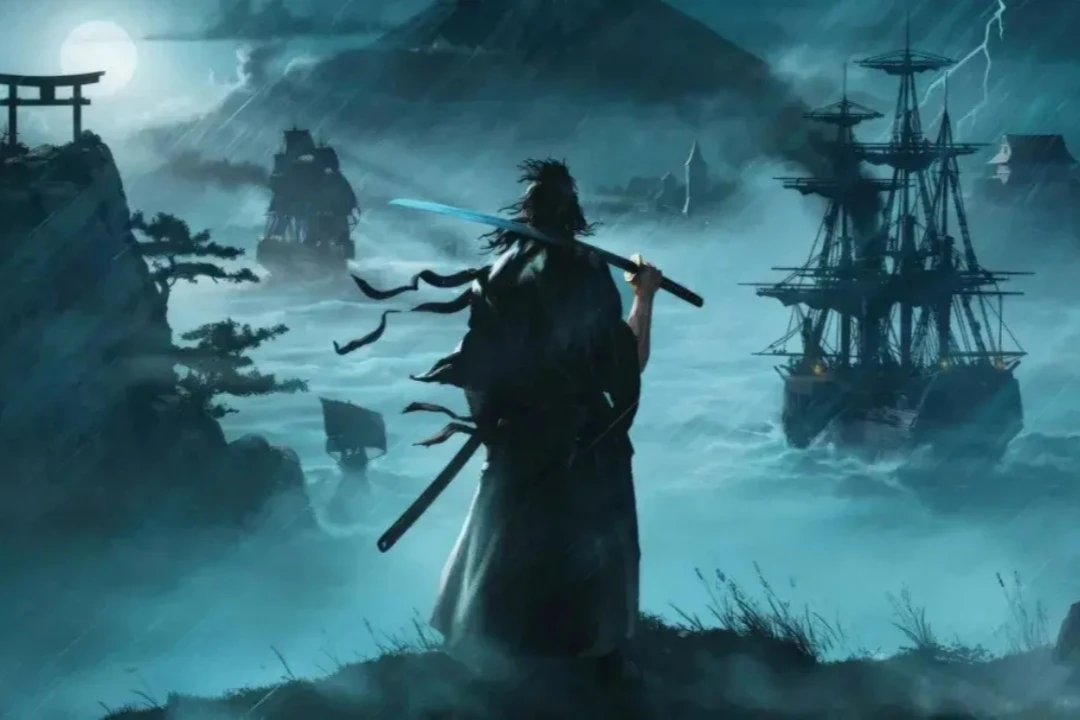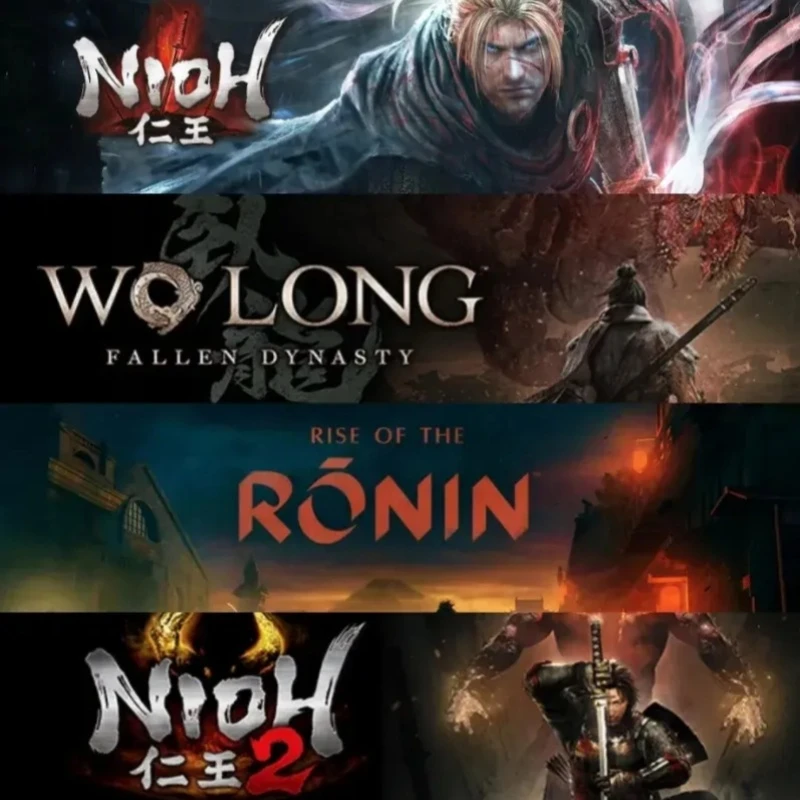For Team Ninja, an open world may not be a necessary condition to achieve ultimate mastery, but it is an inevitable path they must tread.
When the trailers for "Wo Long: Fallen Dynasty" and "Rise of the Ronin" appeared simultaneously at a conference, many were confused, not understanding why Team Ninja would produce two similar games in the same period.
It wasn't until later, when it was revealed that "Rise of the Ronin" would be an open-world game, that people had their "aha" moment.
After experiencing the game, I deeply felt the ambition contained in Team Ninja's open-world debut. However, this belated ambition, like the decision-makers in their story who find themselves in a great era, inevitably comes with regrets and compromises.
If we compare Team Ninja's recent works, we can say that "Wo Long" inherited the mantle of the "Nioh" series, while "Rise of the Ronin" took a reverse path from "Nioh".
This reverse path presupposes the use of the same secret techniques. And this source of all techniques, tightly held by Team Ninja, is their proud action gameplay foundation developed over many years.

For players who have experienced works like "Nioh" and "Wo Long", getting into "Rise of the Ronin" won't pose any difficulty. The latter's action system is entirely built upon the foundation of these previous titles and continues their recent attempts at simplification.
The most direct change is the choice of difficulty modes. After "torturing" players in their previous few titles, they have finally opened the door of "easy mode" for players who are not adept at action games.
Moreover, the "stance" system that has been consistent in their previous works is still retained in this game. However, Team Ninja has added a rock-paper-scissors-like countering system on this basis, making the countering relationship between the three stances of "Heaven", "Earth", and "Man" more intuitive, allowing players to get the hang of it more easily.
The equipment loot system has also been transplanted almost intact, with only the inheritance mechanism of attributes being simplified, allowing players to max out their equipment faster in the late game.
However, returning to the initial question, "open world" is the core new label of "Rise of the Ronin". When combined with Team Ninja's familiar gameplay model, does it make both more interesting? The answer is probably not optimistic.
If compared with other existing works, the open-world part of "Rise of the Ronin" might only get a passing grade.
In the open world of this game, most designs, such as outpost clearing, dynamic events, material collection, etc., remind one of similar prototypes in other games just by their names. And mini-games like target shooting, photography, and cat-finding, although numerous, can hardly conceal their "canned" flavor.
Making a game "canned" itself is not regrettable. What's regrettable is that in this process, "Rise of the Ronin" has almost lost the sandbox level design accumulated in previous generations and the combat experience based on it - those parts that could have been called the essence of "Nioh" and "Wo Long".
From "Nioh" onwards, although players have had some complaints about Team Ninja's map design level, it's undeniable that they have made progress in level design. However, in "Rise of the Ronin", that tension brought by the map itself has almost disappeared - a wall or a fence might be all that separates the player from enemy soldiers. Players can ride horses to travel, kill enemies, get back on the horse and continue traveling, which is almost the entire process between two battles.
Ordinary outposts that can be seen through at a glance.
If the uninteresting combat in other open-world games is due to a sense of fatigue caused by lack of design, then in this game, it's a sense of disappointment from having strength but nowhere to use it. Without a step-by-step attack order, without a difficulty curve strictly controlled by levels, when facing enemies, it's often a case of "I haven't even exerted myself, but the opponent has already fallen". Players can't feel the joy of improving skills through practice, replaced instead by a frustrating sense of being held back.
The highly homogeneous human-form enemy soldiers also weaken the playability of combat.
Moreover, due to the game's realistic style, there are no yokai, nor those grand mythical techniques. Most boss battles seem mundane, with nothing memorable except that the opponents can finally fight back and forth with the player.
The famous Sakuradamon Incident happens merely on a snowy street corner.
To be fair, as Team Ninja's first attempt at an open world, "Rise of the Ronin" doesn't have any obvious mistakes. It shows a certain level of quality in many aspects, but on some key issues, it still needs more thought and improvement. Hopefully, in future works, Team Ninja can find the perfect combination point between open world and their own characteristics, bringing players a more exciting gaming experience.


